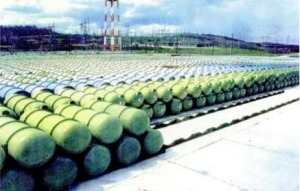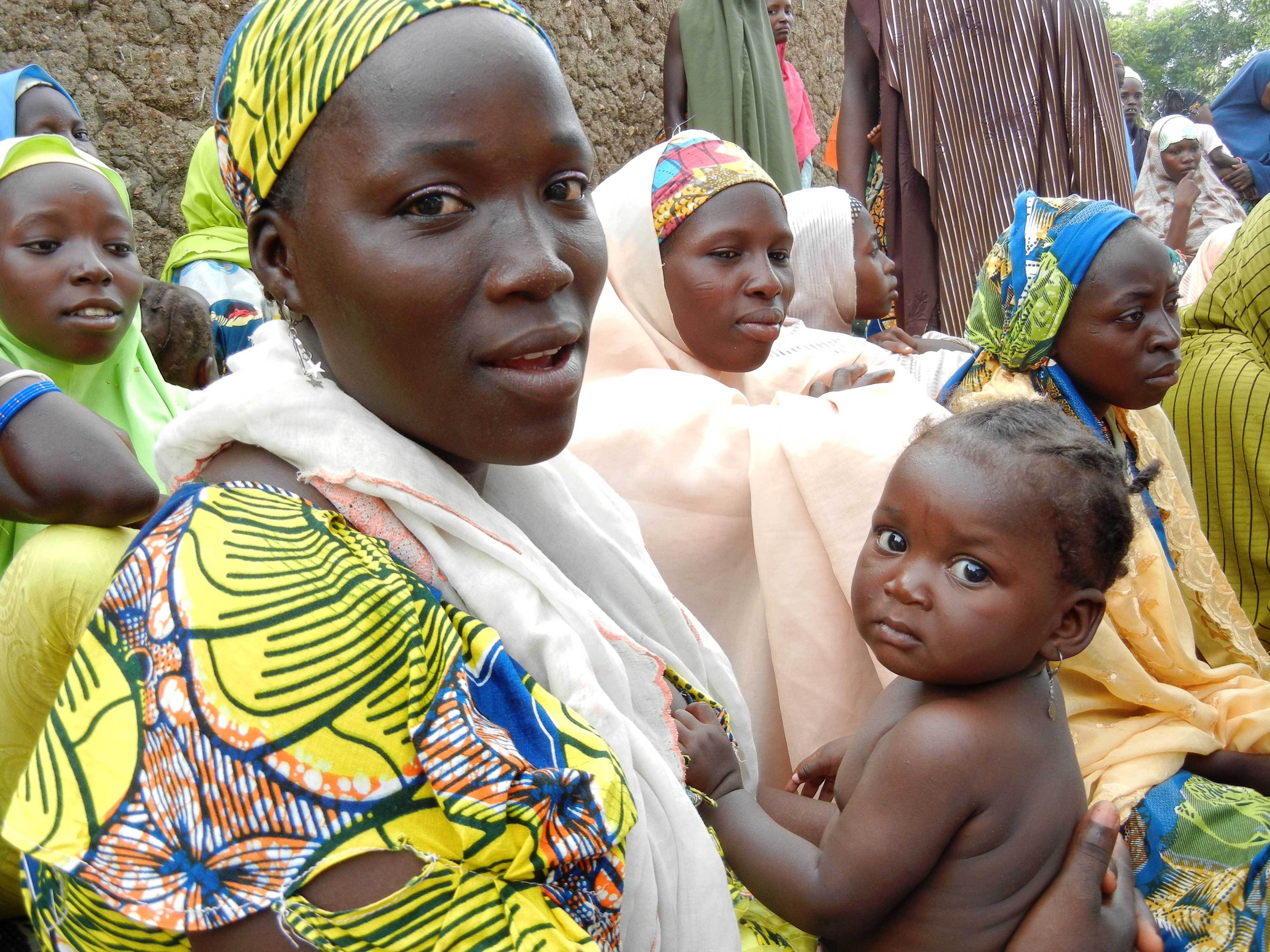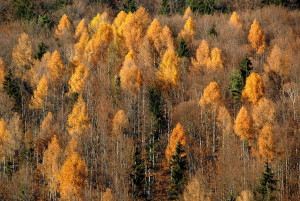What is a Virus? – A Basic Description
—A virus is a microscopic organism that can ‘infect’ all types of lifeforms, including animals, plants and even fellow microorganisms, including bacteria.
Found absolutely everywhere, viruses are believed to be the most abundant type of biological entity, outnumbering all others put together.
Around 5,000 distinct species have already been identified properly, with 75,000 different virus genomes currently listed in NCBI Virus Genome Database.
It is believed that there are actually millions of species of viruses in total on Earth.
Where have viruses evolved from?
It is not clear how viruses evolved, but they are found everywhere there is life present.
This has lead to the conclusion that they most probably have been around since living cells first evolved.
They are considered important for the past, present and future evolution of life on our planet, due to being a major source of ‘horizontal gene transfer’, which increases genetic diversity.
What does a virus look like?
Viruses are not in any way vague in terms of their physical appearance, with each species having it’s own distinct shape or form when viewed properly.
Some species are shaped long, others are round, whilst some virus species are very complex structures indeed.
They vary in size, but on average, viruses are one-hundredth the size of the average bacterium.
Most viruses can be viewed via transmission electron microscopes (TEM), with some large enough to be viewable via conventional optical microscopes.
What is a virus particle made from?
A complete virus organism/particle, known as a virion, consists of it’s DNA/RNA (Deoxyribonucleic acid/Ribonucleic acid) information, encassed within a protective coating of proteins.
Some viruses – including HIV – also have an extra membrane of lipids (fat’s, wax’s, nutrient’s, etc.) that is studded with the same proteins that it’s DNA/RNA is encassed within.
This extra layer is designed for added protection, which is particularly useful whilst it is travelling about looking for a host to infect.
How does a virus spread?
Viruses have found some highly imaginitive ways of transferring to new hosts.
Some viruses can be spread from host to host by travelling within an organism, like viruses that are replicating within one of us humans, or they can be spread via a number of other ways.
These include airborne methods (animals sneezing, viruses blowing in the wind independently, etc.), third party transfers (for example; plant viruses can spread from plant to plant, transferring via insects) and bodily fluid transfers.
The sea is also a perfect hunting ground for viruses, with as many as 250 million of them present in a millilitre of seawater, and they can also be found in soil and on every surface imaginable too.
How does a virus infect?
A virus ‘infects’ lifeforms by attaching itself to them, and entering them. It then disolves certain parts of itself, and replicates copies of itself within the host, based on the virus’ own DNA/RNA that was originally encassed within it’s proteins.
It performs this replication process completely by utilising the hosts resources.
Next, the many new multiples of that same virus break out from the host, often killing it, and those new virus organisms then go off searching for their own host lifeforms in order to begin that replicating process again individually, thus multiplying their numbers.
In some cases, a virus species can target only a single type of cell, others can infect multiple cell types, whilst others can even infect across completely different species.
Are all viruses bad?
Contrary to popular belief, viruses not only cause havoc by spreading harmful viral infections, but they can also be found performing useful functions in many cases of ‘infection’.
For example; some bacteriophages – a type of virus organism – kill bacteria organisms that are harmful to us humans, or to other species.
Viruses also play a key role in the undersea decomposition process that recycles carbon dioxide (co2), which provides underwater life, whilst keeping massive amounts of co2 out of our atmosphere.
They infect oceanic bacteria and other microorganisms, thus releasing organic matter when they break out from their host, which can then be used as food by other lifeforms.
Furthermore, it is estimated that 90% of the ocean’s biomass consist of microorganisms, and viruses kill around 20% of this daily, which helps to keep harmful algae from taking over our seas.
Are viruses alive?
Often classified – alongside viroids – as ‘non-cellular life’, there are arguments ongoing within the scientific community as to whether viruses should actually be considered lifeforms.
Whilst they carry genetic material, reproduce and evolve via natural selection, they do not have a cell structure, a requirement for a lifeform according to many popular scientific models.
Viruses also do not metabolize (the process which turns food into a form that can be used by a lifeform), and they require a host to replicate, so in reality, they could be viewed as lifeless objects, which contain genetic information (DNA/RNA), that float about until they find hosts to utilise specifically for making copies of themselves.
How can harmful viruses be treated in humans?
Antibiotics are ineffective against viruses, so we generally use vaccines to prevent virus infections before they arise, and antiviral drugs to treat infections that are present.
Vaccines can contain live viruses that are weakened or altered, dead viruses, or just parts of the virus.
Human vaccines now prevent over a dozen different viruses, and they work by training your immune system to fight a specific virus, for example; infleunenza, or a combination of viruses as is the case with the MMR vaccine (measles, mumps and rubella).
Some antiviral drugs are harmless to their host, however, others can be quite harmful to us in general, and toxic to certain cells, so we only use some types of these drugs if it is completely necessary.
Antiviral drugs don’t work by destroying their patogen – unlike antibiotics – instead they inhibit a viruses development, usually by messing with it’s replication process, which slows down it’s development, or stops it ultimately.
In some cases of infection, there are also a completely different set of treatments available called virucides (or viricides/viruscides), which are physical or chemical agents that deactivate or destroy viruses.
Continue Reading ...


![Maps of UK, US, France and Australia Exclusive Economic Zones [EEZ]](https://blatantworld.com/wp-content/uploads/2015/02/UK_US_France_Australia_EEZ-511x1024.png) This is a handy list featuring all overseas territories and dependencies around the World. This extensive list includes an incredible 78 territories, but many of these territories also contain multiple territories within themselves – such as multiple island groups administered together for handiness.
This is a handy list featuring all overseas territories and dependencies around the World. This extensive list includes an incredible 78 territories, but many of these territories also contain multiple territories within themselves – such as multiple island groups administered together for handiness.



 This is a list of Global nations, listed by the amount of land (km2) that has been reforested, between 1990 and 2010, the latest data available.
This is a list of Global nations, listed by the amount of land (km2) that has been reforested, between 1990 and 2010, the latest data available.